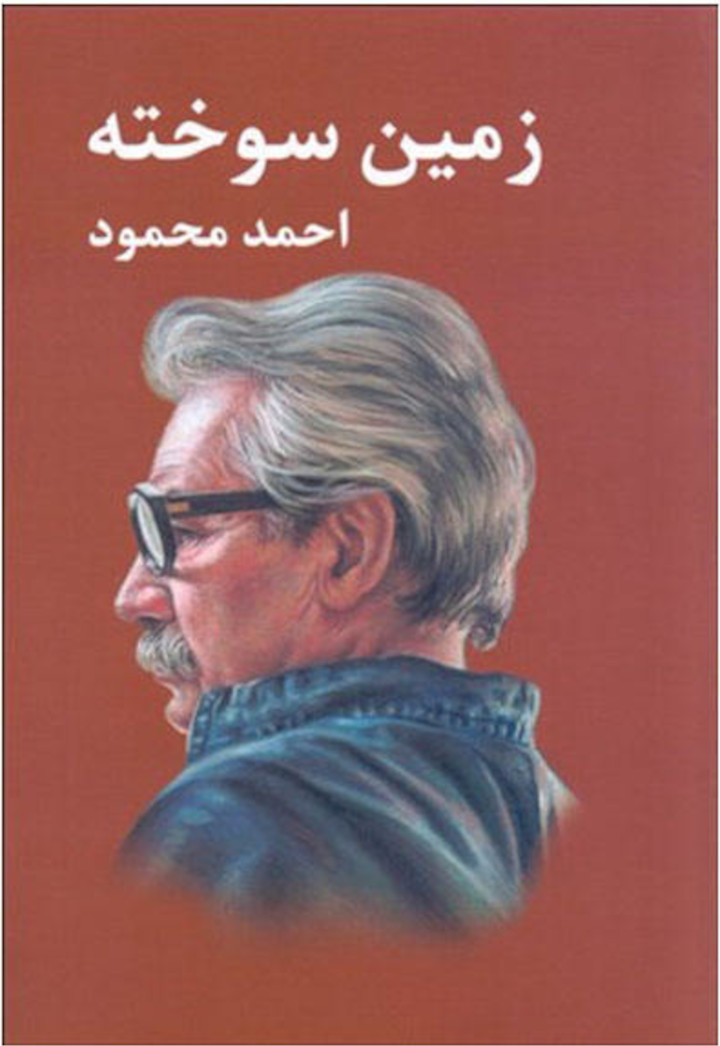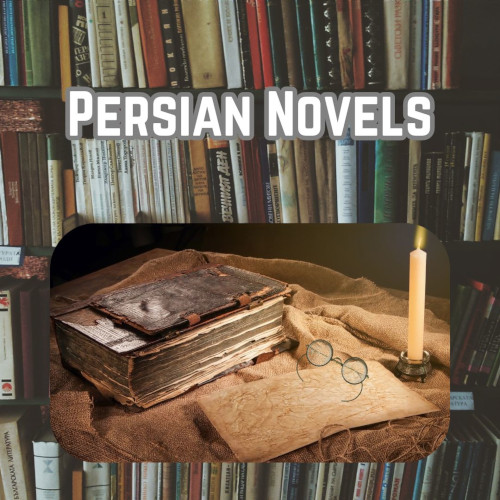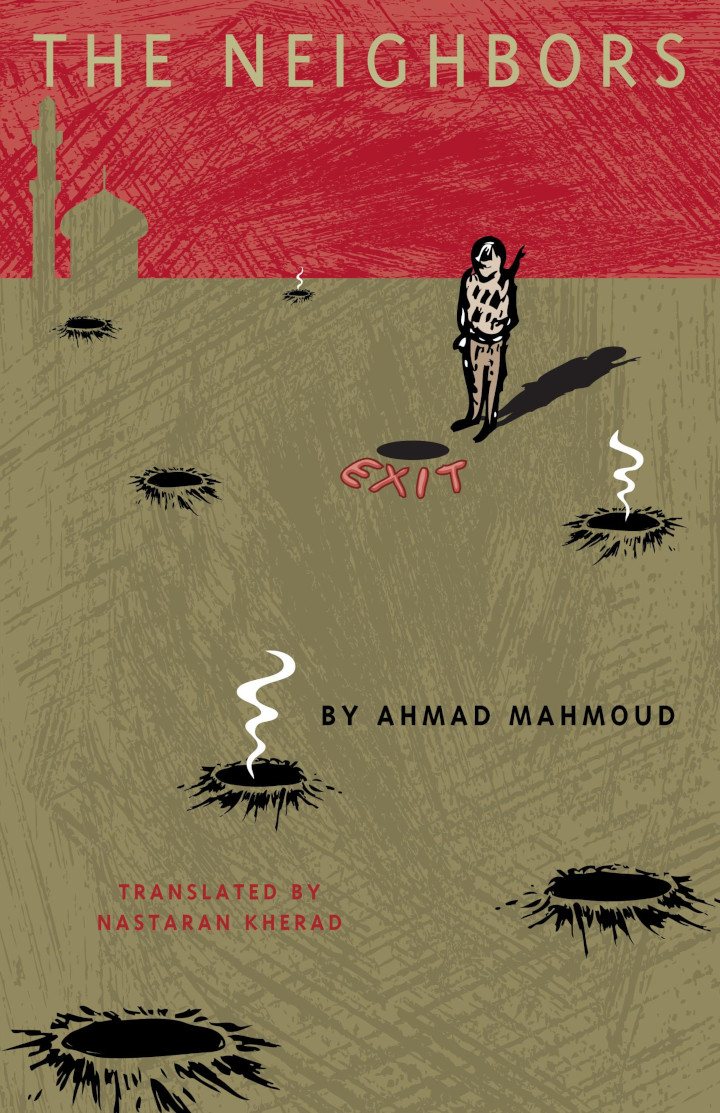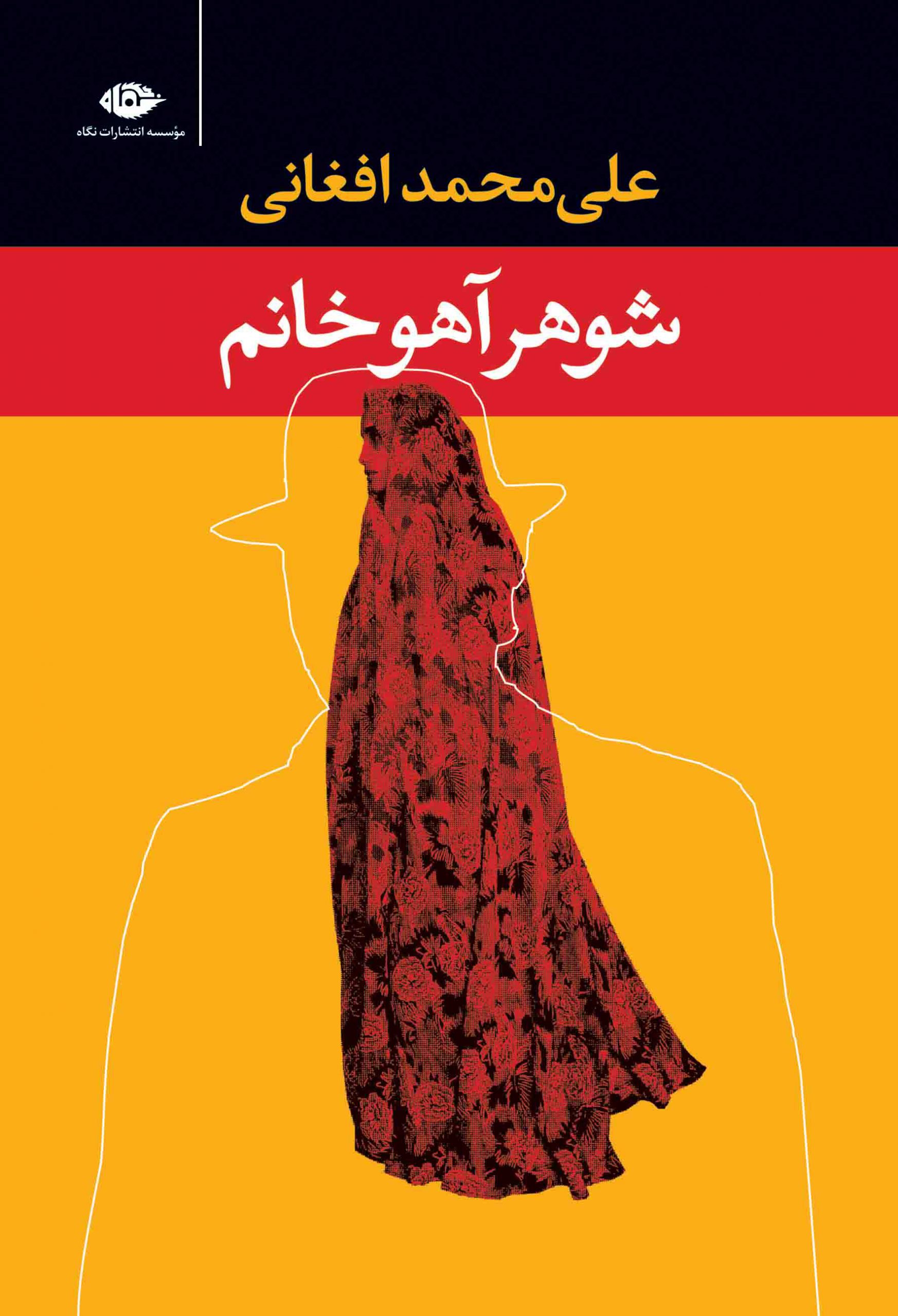The Scorched Earth

Author: Ahmad Mahmoud
Genre: Historical and social realist
Publication Year: 1982
The Scorched Earth by Ahmad Mahmoud is a profound novel that examines the devastating impact of war, displacement, and social injustice on ordinary lives. Set during the Iran-Iraq War, this powerful narrative explores how the conflict transforms and challenges the characters’ relationships, beliefs, and identities as they struggle to survive and find meaning amidst destruction.
Genre
The Scorched Earth is a historical and social realist novel that blends elements of war fiction with deep psychological and social exploration. It delves into themes of survival, resilience, and the human cost of conflict.
Description
The novel follows a group of villagers living near the Iran-Iraq border whose lives are upended by the relentless violence of the war. Forced to leave their homes, they must grapple with the pain of displacement and the struggle to rebuild their lives. Mahmoud paints a vivid picture of the harsh realities of war, from physical devastation to the emotional scars that linger long after the fighting has subsided.
As they move from place to place seeking safety, the villagers face various forms of social and economic hardship. The narrative centers around themes of endurance, loss, and the unbreakable bonds that tie individuals to their homeland, no matter the cost. Through their journey, Mahmoud explores the resilience of human spirit and the lengths to which people go to retain their dignity and humanity in the face of catastrophe.
Review
The Scorched Earth is a powerful, gut-wrenching portrayal of the trauma and devastation wrought by war. Ahmad Mahmoud’s storytelling is direct yet lyrical, his prose capturing the harshness of the characters’ realities while highlighting the beauty of their resilience. The novel’s social realism is one of its greatest strengths, as Mahmoud does not romanticize war or glorify heroism but instead gives voice to the ordinary people caught in its wake.
One of the novel’s most compelling aspects is Mahmoud’s deep empathy for his characters. The villagers, with their unique personalities and stories, are vividly drawn and complex, each coping with loss and fear in different ways. Through these characters, Mahmoud highlights the community’s interdependence and the strength of human bonds. Each person’s struggles and responses to the war reflect different aspects of the Iranian experience, making the story feel universally relatable.
Mahmoud’s detailed descriptions of the land and the villagers’ relationship to it lend a sense of place that is both intimate and sweeping. The scorched earth, both literal and metaphorical, becomes a character in itself, representing the broken dreams and shattered lives left in the wake of violence. The devastation of the landscape mirrors the internal desolation of the people, adding depth to the novel’s atmosphere.
While The Scorched Earth is steeped in sorrow and hardship, it is also a testament to human endurance and solidarity. Mahmoud’s nuanced exploration of displacement and survival paints a powerful picture of what it means to be uprooted and the tenacity required to rebuild after everything is lost. The novel’s pacing allows readers to immerse themselves in the characters’ journeys, creating a deep emotional resonance that is both heart-wrenching and thought-provoking.
For those interested in war fiction, social realism, and stories of resilience, The Scorched Earth is a profoundly moving novel that offers a searing portrayal of the human cost of conflict. Ahmad Mahmoud’s work shines as both a reflection on the Iranian experience and a universal story of survival, reminding readers of the indomitable nature of the human spirit even in the most scorched and desolate of landscapes.



